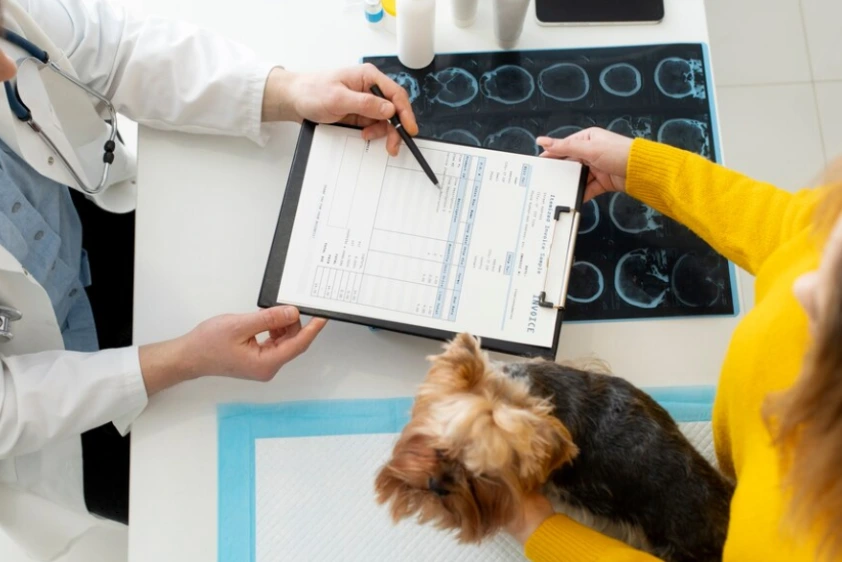Understanding the Power of PET Scans: How They Work and When They’re Used
Medical imaging has revolutionized healthcare, offering tools like CT and MRI scans that visualize the body’s structures. However, when doctors need to see how organs and tissues function at a cellular level, they rely on the PET scan. This advanced imaging technique detects diseases like cancer early and monitors how healthy treatments work. By capturing metabolic activity, a PET scan provides deeper insights that other scans might miss. This blog will explore how PET scans work and compare them to other imaging methods.
What Is a PET Scan and Why Is It Important?
Positron Emission Tomography (PET scan) is a sophisticated medical imaging technique that enables doctors to assess the functioning of tissues and organs within the body. Unlike CT or MRI scans, which focus on structural images, a PET scan provides insights into the biochemical activity happening within the body, making it a critical tool in early disease detection. This ability to detect changes at the cellular level allows doctors to catch diseases early and monitor the effectiveness of treatments, especially for conditions like cancer, heart disease, and neurological disorders.
How Does a PET Scan Work?
At its core, a PET scan involves using a small amount of a radioactive tracer. This tracer, usually injected into the bloodstream, travels through the body and is absorbed by tissues and organs. Different cells metabolize this tracer at different rates depending on their activity level. For example, metabolically active cancer cells absorb more of the tracer, creating “hot spots” on the scan. The PET scanner then detects the radiation emitted from these areas, producing a 3D image showing how well the tissues and organs function in real-time.
When do Doctors use PET Scans?
Doctors use PET scans when they need a detailed picture of how the body functions at a cellular or molecular level. It’s commonly used in the following situations:
- Cancer Diagnosis and Monitoring: PET scans are beneficial for detecting cancer early, determining how far it has spread, and assessing how well treatments like chemotherapy work.
- Heart Conditions: PET scans help evaluate blood flow to the heart and detect areas of the heart that may not receive enough oxygen.
- Neurological Disorders: PET scans are instrumental in diagnosing brain disorders such as Alzheimer’s, epilepsy, and Parkinson’s disease by showing areas of abnormal brain activity.
- Treatment Monitoring: Track the progress of treatments such as chemotherapy or radiation.
PET Scan vs. CT and MRI: What’s the Difference?
PET, CT, and MRI scans are all valuable imaging tools, but each serves a distinct purpose. CT and MRI scans excel at capturing detailed images of the physical structure of organs and tissues. For instance, they can show a tumor’s size, shape, and location. However, they fail to provide information about how the tumor or cancer cells respond.
In contrast, a PET scan focuses on how tissues function at a biochemical level, offering insights into whether a tumor is growing or responding to treatment. Doctors often combine PET scans with CT scans (PET/CT scans) for a more comprehensive view. This combination provides structural and functional information, particularly useful for diagnosing and planning cancer treatments.
What to Expect During a PET Scan
The procedure for a PET scan is relatively simple. After arriving at the medical facility, you will be given the radioactive tracer, usually through an injection into a vein. The tracer needs time to circulate and be absorbed by your body, which can take 30 to 90 minutes.
Once the tracer has fully circulated, you will lie down on a table that slides into the PET scanner, a large doughnut-shaped machine. It’s essential to remain still during the scan to ensure the images are clear. The scan is painless and typically takes around 30 minutes, although the duration can vary depending on the scanned area.
How Long Does the Entire Process Take?
From start to finish, the entire PET scan procedure usually takes between two to three hours. This includes the preparation time for the tracer to circulate through your body and the actual scanning time. Once the scan is complete, you can resume your daily activities. However, your doctor might advise drinking plenty of water to help clear the tracer from your body.
Summary
A PET scan is an invaluable tool in today’s medical diagnostics. A detailed view of how organs and tissues function at a cellular level helps doctors detect diseases early, evaluate the effectiveness of treatments, and diagnose complex conditions with greater accuracy. Whether used to diagnose cancer, assess heart disease, or monitor brain function, PET scans offer insights that other imaging methods, like CT and MRI, cannot. If your doctor has suggested a PET scan, they require a more detailed insight into what’s occurring within your body, which can help provide more tailored and effective care.





